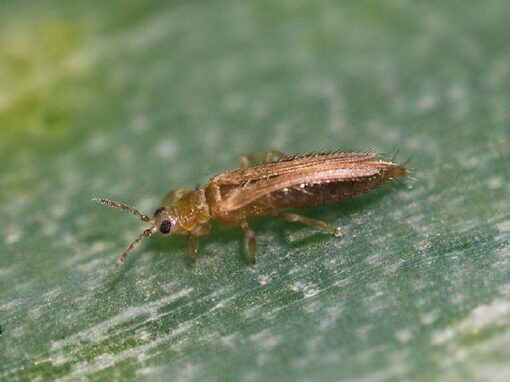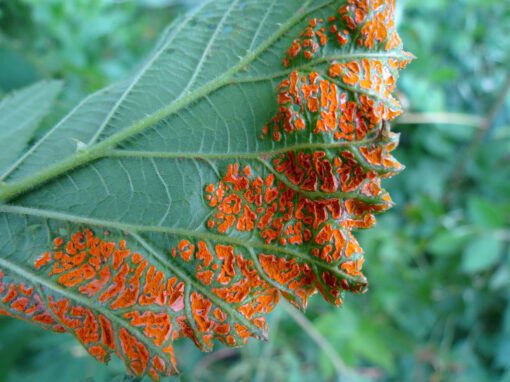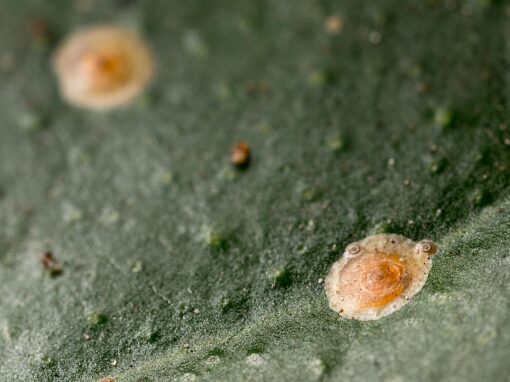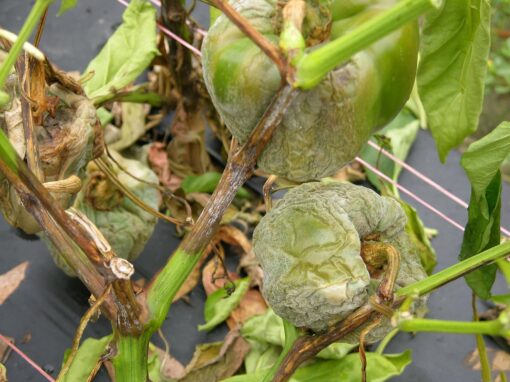Nematodes
What are NEMATODES?
Nematodes are defined as filiform animals with unsegmented bodies covered with a hyaline cuticle, marked by striae or other markings. Most of them are microscopic and measure between 300 and 1000 μm long and between 15 and 35 μm wide.
They are rounded in cross section, with mouth, without extremities or others, and colorless, lacking respiratory and circulatory apparatus. Not all nematodes are bad for our crops, but in this article we will deal with those that are not beneficial for our plants.
Those that affect plants “phytoparasites” have bilateral symmetry and a structure called a stylet on the anterior part of the body. The stylet is a hollow, protractile structure that allows the nematode to penetrate the root, perforate plant cells and extract nutrients. In addition, it produces wounds, which facilitates the entry of fungi and bacteria causing diseases such as root rot and wilt.
Why do nematodes COME OUT in our plants?
Most nematodes are free-living. They often feed on decomposing organic matter and contribute significantly to the recycling of corpses and to the continuity of biogeochemical cycles.

However, there is a small group of them whose way of life is based on parasitism, adapting to one or more types of host on which they feed. Among them we also find important pathogens of the plant world, which cause serious problems in various crops and harvests,
How do nematodes affect our plants?
When attacking the roots, it is often confused with deficiencies or other diseases due to the effects they have on the aerial parts of the plants.
Typical symptoms may include yellowing of leaves, dwarfing, early or late fruit ripening, wilting, defoliation, tissue necrosis or galls on roots or other parts of the plant.
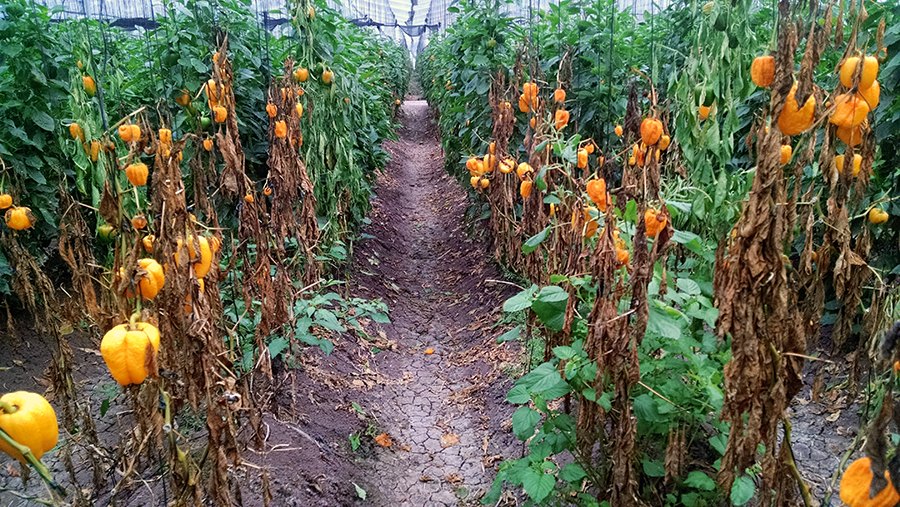
How to ELIMINATE nematodes naturally?

Related entries

